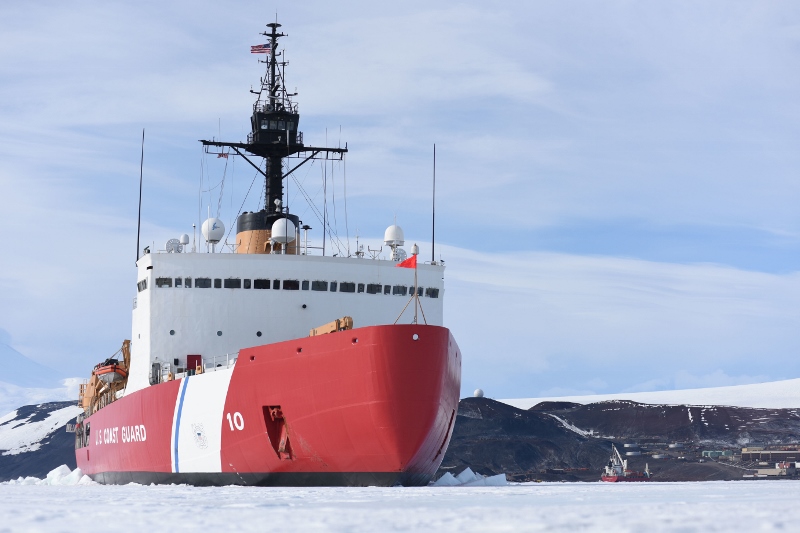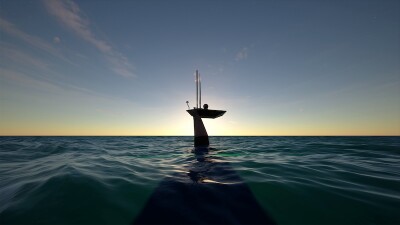Citing receded Arctic sea ice cover and an increasing polar presence of Russia and China, the conservative Heritage Foundation is calling for the construction of a new U.S. fleet of six icebreakers.
“Melting ice has opened up seasonal Arctic shipping lanes for potentially more efficient transit of goods between Asia and North America, and has provided greater access to large deposits of energy and mineral resources that were not previously accessible,” according to a paper issued by the Heritage Foundation April 9.
“As an Arctic nation, the U.S. has important economic interests in the region, including a large exclusive economic zone (EEZ) containing numerous natural resources like minerals, oil, and gas,” according to the paper, authored by James Di Pane, a research assistant with Heritage’s Center for National Defense. “Approximately 13% of undiscovered oil resources and 30% of undiscovered gas resources are located in the Arctic."
As a free-market advocacy group, the Heritage Foundation was highly critical of the Obama administration’s climate policies, calling them “extreme.” The icebreaker report mentions “changing environmental conditions,” but casts the issue more in terms of national security, noting Russia’s expansion of its ice-capable fleet.
“Additionally, Russia has made aggressive claims to natural resources under the icecap, arguing that its continental shelf extends far beyond its recognized territorial limits, and has invested heavily in military assets capable of operating in the Arctic,” the paper noted.
China is increasing its presence in both polar regions as well, sailing its icebreaker through the Arctic recently and constructing a second icebreaker.
These activities increase the level of competition and could place U.S. resources at risk for exploitation by foreign powers if the U.S. cannot effectively shape events.
The foundation calls on Congress to fully fund the Coast Guard’s fiscal 2019 budget request of $750 million for the first heavy icebreaker, noting the price tag is well under earlier estimates of $1 billion. A block-buy program for the first three heavy icebreakers could in all save taxpayers $200 million, the report said.
An assessment has yet to be made on whether the long-range plan should be for building three heavy icebreakers followed by three medium icebreakers. But there is a case to be made that the Coast Guard should go all in on the more powerful vessels, the report said. “A fleet of heavy icebreakers would also provide more capability, as they can complete the entire suite of icebreaking missions, and reduce maintenance costs.”
As it now stands, the Coast Guard’s sole icebreakers — the 42-year-old heavy icebreaker Polar Star, and the medium icebreaker Healy commissioned in 2000 — only fulfilled 78% of icebreaking requirements from 2010 to 2016, the Heritage paper stated. With lesser icebreaking power, the Healy only operates seasonally in the high north, and cannot be counted on for icebreaking and resupply missions for the U.S. science mission in Antarctica, the foundation said.





